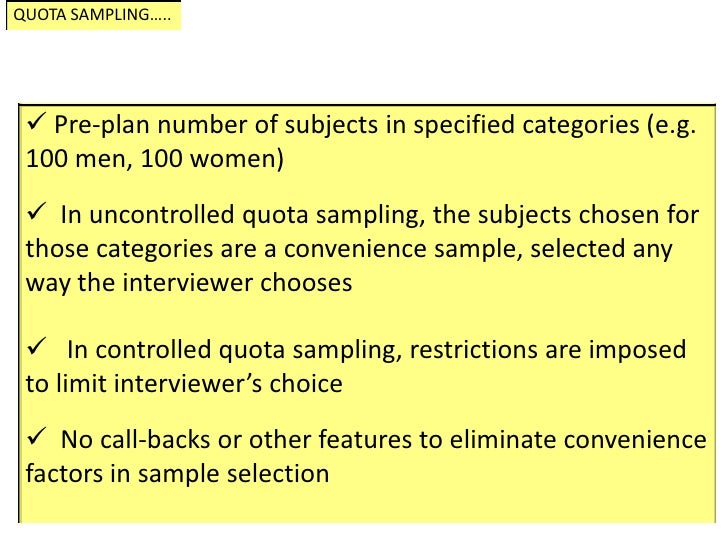
Pick a stratified sample, by city, of 20 restaurants.In this lab, you will be asked to pick several random samples.This spread is determined by the sampling design and the size of the sample.Where $s$ is the sample standard deviation and $n$ is the size (number of items) in the sample.For the case where the statistic is the sample mean, and samples are uncorrelated, the standard error is:.The most common measure of how much sample means differ from each other is the standard deviation of the sampling distribution of the mean.An overlapping samples t-test is used when there are paired samples with data missing in one or the other samples (e.g., due to selection of "I don't know" options in questionnaires, or because respondents are randomly assigned to a subset question).Two- sample t-tests for a difference in mean involve independent samples, paired samples and overlapping samples.For the null hypothesis, the observed t-statistic is equal to the difference between the two sample means divided by the standard error of the difference between the sample means.The two sample t-test is used to compare the means of two independent samples.Two- sample t-tests for a difference in mean involve independent samples, paired samples, and overlapping samples.t-Test for Two Samples: Independent and Overlapping.An alternative to the sample mean is the sample median.The sampling distribution depends on: the underlying distribution of the population, the statistic being considered, the sampling procedure employed, and the sample size used.Sampling distributions allow analytical considerations to be based on the sampling distribution of a statistic rather than on the joint probability distribution of all the individual sample values.Similarly, if you took a second sample of 10 women from the same population, you would not expect the mean of this second sample to equal the mean of the first sample.The sampling distribution of a statistic is the distribution of the statistic for all possible samples from the same population of a given size.


This process of collecting information from a sample is referred to as sampling.In addition, quota sampling involves a human element.The intent of quota sampling is to ensure that the sample represents the population in all essential respects.The Crossley, Gallup, and Roper organizations all used quota sampling.In the 1948 presidential election, the use of quota sampling led the polls to inaccurately predict that Dewey would defeat Truman.Let him act like the clever archers who, designing to hit the mark which yet appears too far distant, and knowing the limits to which the strength of their bow attains, take aim much higher than the mark, not to reach by their strength or arrow to so great a height, but to be able with the aid of so high an aim to hit the mark they wish to reach.Examples of quota sampling in the following topics: A wise man ought always to follow the paths beaten by great men, and to imitate those who have been supreme, so that if his ability does not equal theirs, at least it will savour of it. LET no one be surprised if, in speaking of entirely new principalities as I shall do, I adduce the highest examples both of prince and of state because men, walking almost always in paths beaten by others, and following by imitation their deeds, are yet unable to keep entirely to the ways of others or attain to the power of those they imitate. Concerning New Principalities Which Are Acquired By One's Own Arms And Ability


 0 kommentar(er)
0 kommentar(er)
